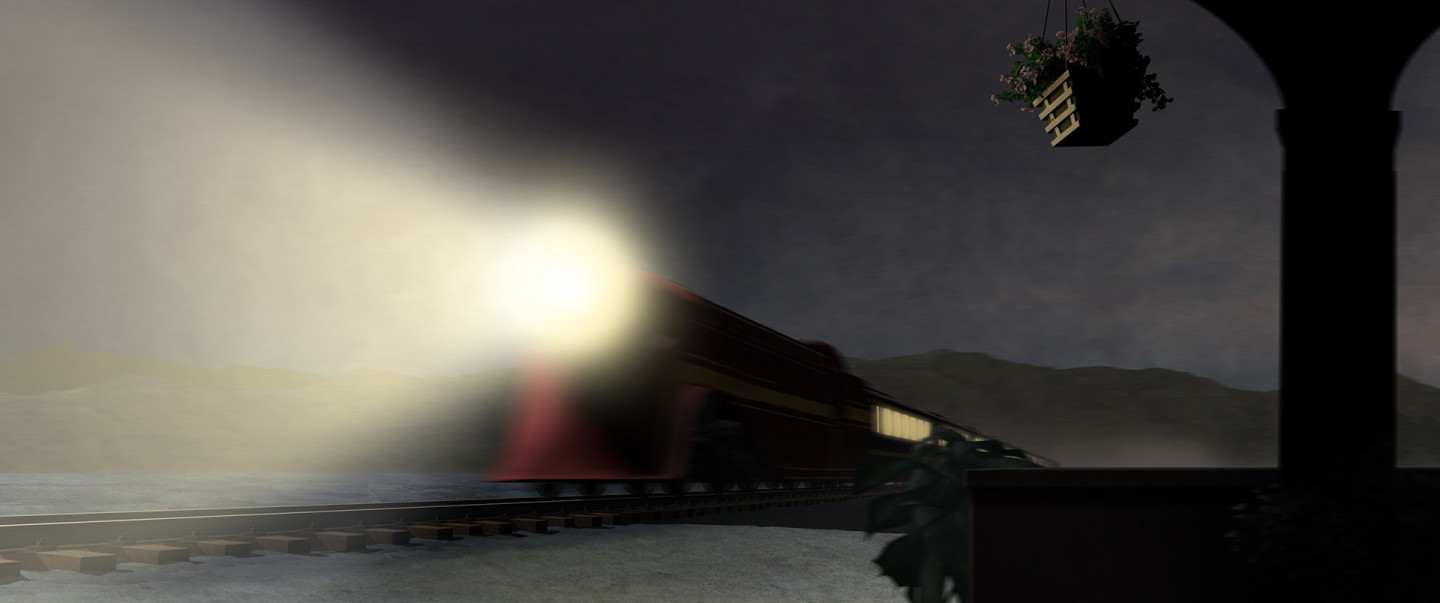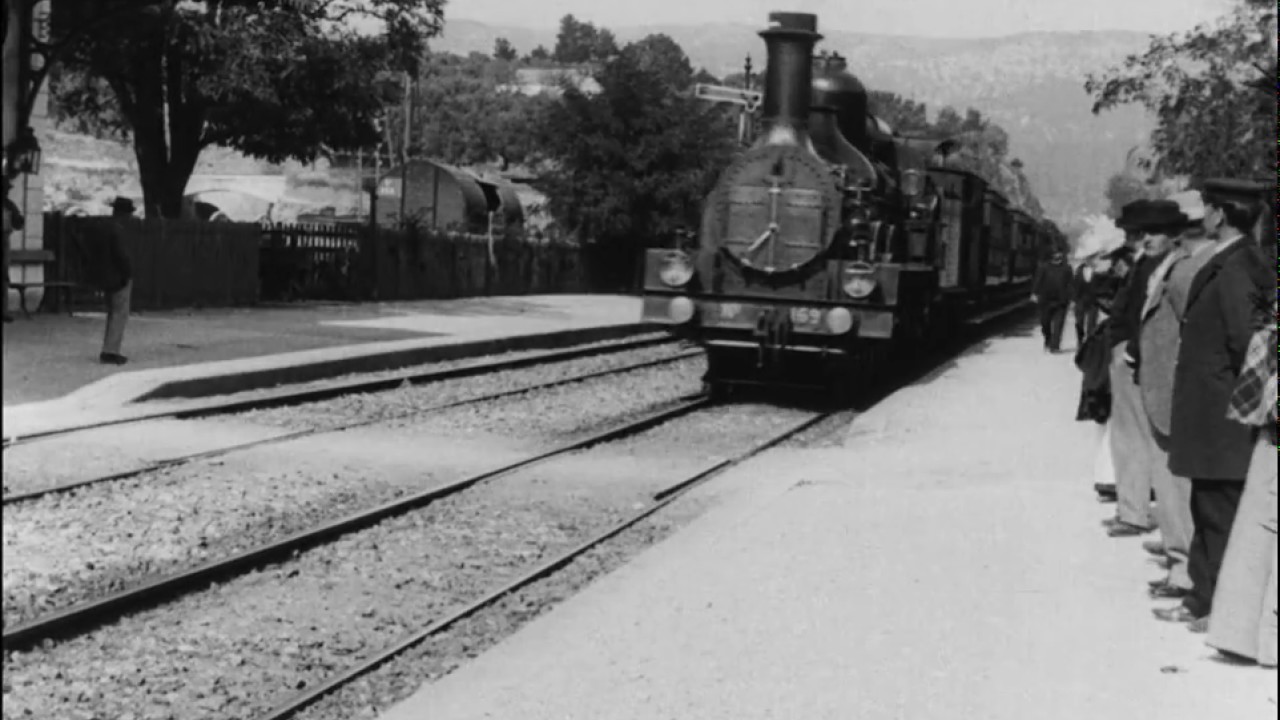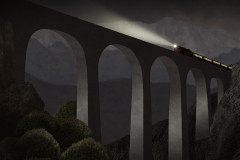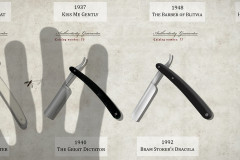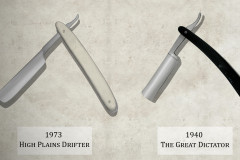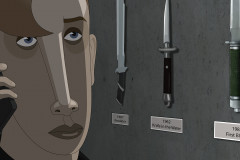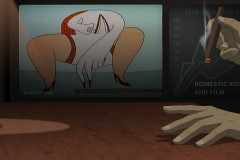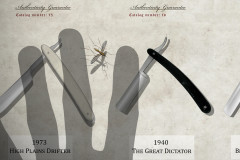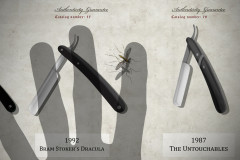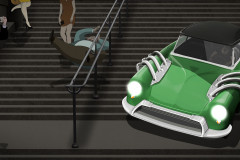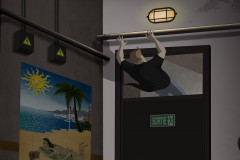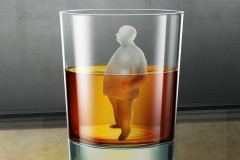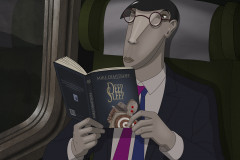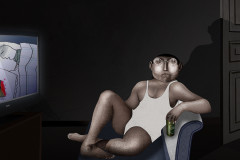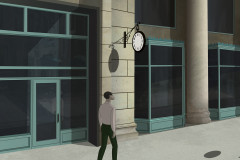Ha van valami, amit mindenki tud a filmgyártás hőskorszakáról, az az, hogy az első némafilm bemutatásakor a moziban ülő nézők riadtan felugrottak, amikor meglátták, hogy robog feléjük egy vonat a filmvásznon. Persze mint a legtöbb legenda, ez sem pont így igaz. De tényleg sokat elárul arról, hogy micsoda újdonságot jelentett a mozgókép az 1800-as évek legvégén.
Kezdjük a cáfolattal: A Lumière-fivérek egyperces alkotása, A vonat érkezése nem a legelső némafilm volt, amit a nagyközönség láthatott. Sőt, híres első vetítésükön 1895-ben a párizsi Grand Caféban nem is játszották ezt a filmet. A legelső film, amelyet Lumière-ék készítettek és bemutattak, A munkaidő vége címet viseli. Azt filmezték le 46 másodpercben, ahogy a saját lyoni gyáruk munkásai kiözönlenek a gyárkapun.
Auguste Lumière és Louis Lumière francia mérnökök voltak, akik a családjuk révén is a 19. század végén virágzó fényképészeti üzletághoz kötődtek. Ahogy ma rohamosan fejlődik a digitális technika, éppilyen technikai fejlődés történt 1839 után a képrögzítés területén. A fényképezés feltalálásától még sok-sok találmány kellett ahhoz, hogy a nagy nehezen elkészített egyetlen állóképből sokezer kockából álló mozgókép legyen. Csak a Lumière-fivérek nevéhez kb. 170 szabadalom fűződik. Kitaláltak pl. egy száraz lemezes fényképezési módot, ami gyorsabb felvételkészítést tett lehetővé. Majd azt, hogy hogyan lehet váltogatni a lemezeket, hogy mindegyik csak egy-egy pillanatra álljon meg, amíg exponál a gép. Az átütő sikert az ún. kinematográffal érték el, amivel fel lehetett venni, másolni és vászonra vetíteni a mozgóképet. Igaz, csak rövid anyagokat tudtak készíteni vele.
Az 1985. december 28-i, kereskedelmi célú vetítésüket ma a mozi születésének tekintjük. A Lumière-fivérek rájöttek, hogy az általuk kínált látványosságra hatalmas igény van. Operatőröket küldtek szét a világban, hogy „elhozzák” a távoli tájakat. Mindennapi jeleneteket rögzítettek, pl. egy kisbabájukat etető párt. Az, hogy mozog a kép, az első időkben önmagában elég volt szenzációnak. Lumière-ék cége külföldön is megjelent: Budapesten 1896. május 10-én rendezték meg az első mozielőadást a Royal Szállóban. 1896-ban aztán igazi mozgóképes boom következett. Amerikában T. Edison és T. Armat kidolgozták a Vitascope vetítőgépet, és kezdtek létrejönni a filmgyártó cégek. Ahogy az első csókra sem kellett sokáig várni: 1896-ban már ott volt a filmvásznon (A csók, rend. W. Heise).
The Arrival of a Train– The Lumière Brothers and the Birth of Film
If there’s one thing almost everyone has heard about the early days of cinema, it’s the story of how moviegoers leapt from their seats in terror when a train appeared to charge toward them on screen. Like most legends, that’s not quite true—but it does tell us just how revolutionary moving images were at the end of the 19th century.
Let’s begin with the myth-busting: the Lumière brothers’ one-minute film Arrival of a Train at La Ciotat Station was not the first silent film ever shown to the public. In fact, it wasn’t even screened at their famous debut. At the now-legendary first public screening on December 28, 1895, at the Grand Café in Paris, the film that opened the program was Workers Leaving the Lumière Factory. It lasted 46 seconds and simply showed employees pouring out of the family’s Lyon factory.
Auguste and Louis Lumière were French engineers born into a family involved in the booming photography industry of the late 19th century. Just as digital imaging evolves rapidly today, similar technical leaps were taking place after the invention of photography in 1839. Many innovations were needed to move from a single, painstakingly produced image to thousands of frames creating motion. The Lumières alone held some 170 patents. They invented a dry plate photographic method that allowed quicker exposures and then a mechanism for swapping the plates so each paused just long enough to capture a frame.
Their breakthrough came with the invention of the cinématographe—a device that could record, duplicate, and project motion pictures onto a screen. True, it could only handle short clips, but it was a marvel of its time.
The Lumière brothers’ first commercial screening on December 28, 1895, is now considered the official birth of cinema. They quickly realized there was a massive appetite for the spectacles they offered. They sent cameramen across the globe to “bring back” exotic scenes. Even the most ordinary moments—like a couple feeding their baby—were enough to amaze audiences. The mere fact that the picture moved was, in itself, sensational.
Their company soon expanded internationally. In Budapest, the first screening of Lumière films took place on May 10, 1896, at the Royal Hotel. That same year saw a global boom in moving pictures. In the U.S., Thomas Edison and Thomas Armat developed the Vitascope projector, and film studios began to emerge. And it didn’t take long for the first on-screen kiss to appear either: by 1896, The Kiss (dir. W. Heise) was already shocking audiences with a brief display of cinematic intimacy.






